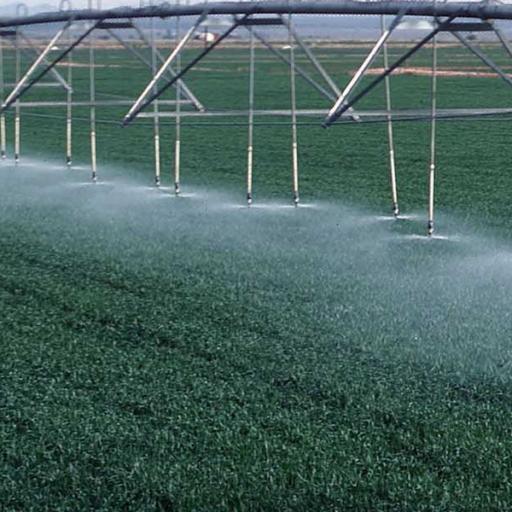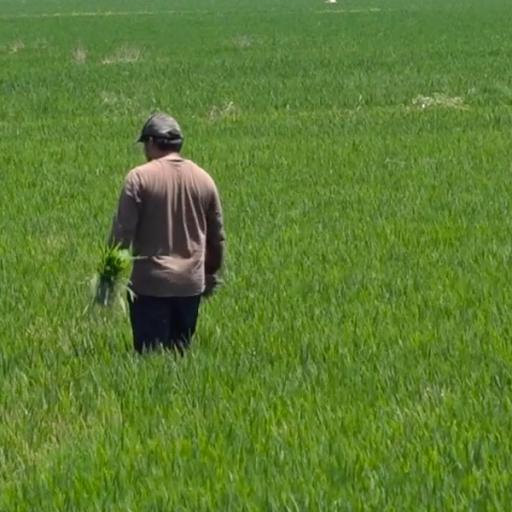Nitrate leaching and the associated water contamination have become a major concern in developed countries' agriculture, mainly due to the intensification of agricultural production and the associated excessive application of nitrogen fertilizers and organic wastes. On the other hand, although many agricultural systems in developing countries are still nitrogen deficient, recently rising nitrogen concentrations in water reservoirs have also been detected in some regions where agricultural production has intensified with increasing use of chemical and organic fertilizers. High concentrations of nitrogen in drinking water causes serious health threat to humans. The most familiar problem is nitrate poisoning of infants less than one year of age (i.e., blue baby syndrome) who have more sensitive and underdeveloped gastrointestinal tracts converting nitrate into nitrite (Golden and Leifert 1999). Nitrate intake in drinking water has also been implicated circumstantially in a greater incidence of stomach cancer and childhood diabetes (Gao et al., 2012).In addition, eutrophication, the overenrichment of water by nitrogen and the resulting harmful algal blooms and hypoxia are also a major source of pollution of coastal waters, oceans and closed seas, lakes, rivers, and estuaries. Surveys by the International Lake Environment Committee Foundation showed that 54% of the lakes in Asia are eutrophic, along with 53% in Europe, 48% in North America, 41% in South America, and 28% in Africa. To protect human health and aquatic environments, world and national health organizations have established water standards, limiting nitrogen concentration to a maximum of 50 mg NO_3^- l-1 (World Health Organization, 1984).
Across EU nationally averaged groundwater nitrate concentrations are all below the Nitrates and Drinking Water Directives limit of 50 mg NO_3^- l^-1 but in several occasions above recommended standards of 11.3 mg NO_3^- l^-1. National aggregation, however, masks considerable variation at the scale of individual groundwater monitoring stations, with approximately 13% of groundwater monitoring stations across Europe, in 2009, exceeding the 50 mg NO_3^- l^-1 limit. Between 1992 and 2009 this figure has remained relatively stable, lying between 5% and 10%. However, more than 25% of groundwater reservoirs in several EU countries exhibit statistically significant rising trends (Eurostat, 2012). In a US study conducted in Wisconsin, nitrogen concentrations exceeding 10 mg NO_3^- l^-1 (the threshold for drinking water set by the US Environmental Protection Agency) were found in 10% of 800,000 wells, and 17-26% of wells in the agricultural production areas exceeded the limit (Postle, 1999). On the other hand, Townsend et al., (1996) found that high nitrate concentrations (12-60 mg NO_3^- l^-1) in groundwater in the southwest of Kansas resulted from high application rates of nitrogen fertilizer to sugar beet fields. Thorburn et al., (2003) investigated groundwater nitrogen concentrations in intensive agriculture areas of northeast Australia and found that 14-21\% of the wells were contaminated by nitrate, and in about half of these the nitrate was derived from fertilizer application. A survey conducted by the Chinese Academy of Agricultural Science in the provinces of Beijing, Tianjin, Hebei, Shandong and Shanxi showed that about 45% of 600 groundwater samples exceeded the WHO and European limit for nitrate in drinking water of 50 mg NO_3^- l^-1, with the highest nitrate concentration reaching 113 mg NO_3^- l^-1 (Zhang et al., 2004).
Nitrate leaching is a typical non-source pollution (NPS) problem, as only the ambient concentration of nitrogen is observed, posing serious challenges in policy formation and regulation. The main reasons are informational asymmetries between the regulator and the individual farmers, along with the coexisting uncertainty related to farm technologies and natural conditions. In policy formulation, these informational asymmetries induce moral hazard and adverse selection problems. Under moral hazard, as monitoring and measurement of individual nitrate emissions is not possible, farmers can always increase their profits by choosing higher than the socially desirable nitrogen emissions levels. On the other hand, under adverse selection, individual farmers may have incentives not to reveal their specific characteristics or farming type to the regulator if this is profitable for them. As the empirical evidence worldwide reveals, in such situations the standard environmental policy instruments cannot be used to internalize external damages or to obtain the Pareto optimal outcome. The inadequacy of the standard instruments of environmental policy to deal with NPS problems has resulted in increasing effort to develop policy schemes appropriate for such problems. Recently the focus of applied research is on the possibility of measuring individual emissions by applying monitoring technologies as increased observability of individual emissions enables the use of standard policy instruments to regulate NPS pollution to some, or even to a full, extent.
Along this line, our aim in this paper is to approximate individual nitrate leaching levels in intensive farming activities using the approach suggested by Kaplan et al., (2003) and Farzin and Kaplan (2004). They develop a budget constrained NPS problem model allowing for information acquisition and learning combined with a sequential entropy filter to deal with the ill-posed NPS pollution data problems. Extending their approach, we impose into a generalized entropy filter a specific theoretical structure describing both crop production technology and nature's nitrogen residual generating mechanism. The theoretical model is based on the multiple production relations model developed by Murty et al., (2012) that identifies appropriately the features of by-production of pollution in intended output production activities which is adapted for nitrate leaching occasions in intensive crop production. To our knowledge this is the first attempt to empirically apply a parametric by-production technology model in a NPS pollution problem. The model, which eventually allows for the presence of inefficiencies in both technologies, is applied to a sample of 257 randomly selected greenhouse farms in the Ierapetra Valley in Crete, Greece during the 1999-00 cropping season. If farmers are indeed inefficient, then policy measures aimed to improve individual know-how on both crop production and nature's nitrogen residual mechanism, may be proved cost-effective in reducing water contamination close to recommended standards.







